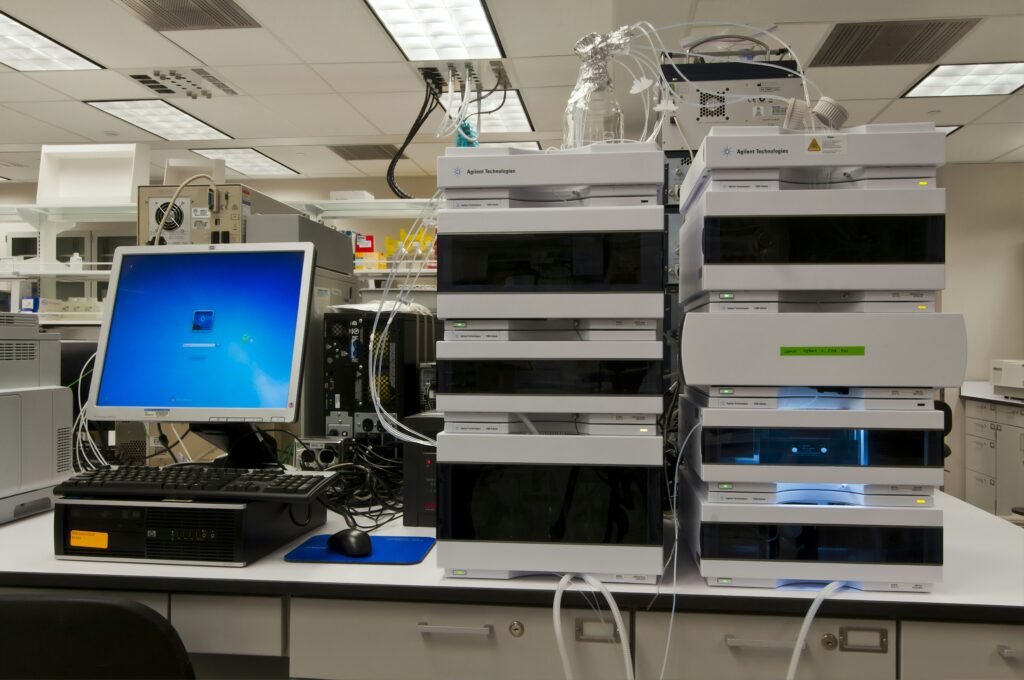
The Society for the Protection of Underground Networks (SPUN) has unveiled the Underground Atlas, a groundbreaking digital map that predicts Earth’s underground mycorrhizal fungal biodiversity. Published in the journal Nature on July 23, the research analyzed 2.8 billion DNA sequences from 130 countries, revealing a startling fact: over 90% of mycorrhizal biodiversity hotspots are located outside protected areas.
Mycorrhizal fungi, often referred to as “ecosystem engineers,” form intricate underground networks that supply plants with vital nutrients while sequestering approximately 13 billion tons of CO₂ annually into soils. Despite their critical role in climate regulation and ecosystem health, these fungi have been largely neglected in conservation strategies.
Mapping the Invisible: The Underground Atlas
Developed by an international, multi-disciplinary team in collaboration with fungal data partners GlobalFungi and the Global Soil Mycobiome consortium, the Underground Atlas transforms emerging scientific research into an accessible platform. This tool allows users to explore fungal biodiversity patterns at a 1km2 resolution across the globe. By employing machine learning algorithms, the team analyzed the relationships between fungal diversity and environmental factors, enabling predictions for previously unmapped regions and underground ecosystems.
Key Features of the Underground Atlas
- Interactive maps displaying biodiversity richness and endemism hotspots
- Species estimates for each 1km2 pixel of Earth
- Uncertainty indicators highlighting areas needing additional sampling
- Data downloads for research and conservation planning
- Applications for restoration site prioritization and protected area designations
- Tools to explore opportunities for underground conservation corridors
The tool identifies richness hotspots from Ethiopia’s Simien Mountains to Brazil’s Cerrado savanna, while also pinpointing rare endemic fungi in West Africa’s forests and Tasmania’s temperate ecosystems. This information empowers decision-makers to prioritize conservation efforts and leverage mycorrhizal systems for climate mitigation, crop productivity, and ecosystem resilience.
The Significance of Mycorrhizal Fungi
Mycorrhizal fungi are symbiotic organisms that play a pivotal role in nutrient cycling and soil health. They enhance plant growth by facilitating the uptake of water and nutrients, such as phosphorus and nitrogen, which are essential for plant development. This symbiotic relationship is particularly crucial in nutrient-poor soils, where plants would otherwise struggle to thrive.
According to Dr. Jane Smith, a leading mycologist at the University of Oxford, “Mycorrhizal fungi are the unsung heroes of our ecosystems. They are integral to the health of our planet, yet they remain largely invisible and undervalued in conservation efforts.”
“Over 90% of mycorrhizal biodiversity hotspots lie outside protected areas.”
Implications for Conservation and Future Research
The launch of the Underground Atlas marks a significant advancement in our understanding of subterranean biodiversity and its conservation. By highlighting the gaps in current conservation areas, the map provides a crucial tool for policymakers and conservationists to prioritize efforts where they are most needed.
The implications of this research extend beyond conservation. By understanding the distribution and diversity of mycorrhizal fungi, scientists can better predict the impacts of climate change on ecosystems and develop strategies to enhance ecosystem resilience. This knowledge is particularly relevant as the world grapples with the dual challenges of biodiversity loss and climate change.
Dr. Emily Johnson, a climate scientist at the University of California, Berkeley, emphasizes the importance of integrating fungal conservation into broader environmental strategies. “As we look to the future, it is essential that we incorporate all aspects of biodiversity into our conservation planning. Mycorrhizal fungi are a critical component of this puzzle,” she notes.
Looking Ahead: Conservation and Collaboration
The Society for the Protection of Underground Networks (SPUN), established in 2021, aims to map and protect the mycorrhizal communities that regulate Earth’s climate and ecosystems. Supported by organizations such as the Jeremy and Hannelore Grantham Environmental Trust and the Bezos Earth Fund, SPUN’s initiatives underscore the need for collaborative efforts in conservation.
As the world becomes increasingly aware of the importance of underground biodiversity, tools like the Underground Atlas will play a vital role in guiding conservation efforts and fostering international cooperation. By shining a light on the hidden world beneath our feet, SPUN is paving the way for a more sustainable and resilient future.
For more information on the Underground Atlas or to support SPUN’s mission, visit their website at spun.earth.







